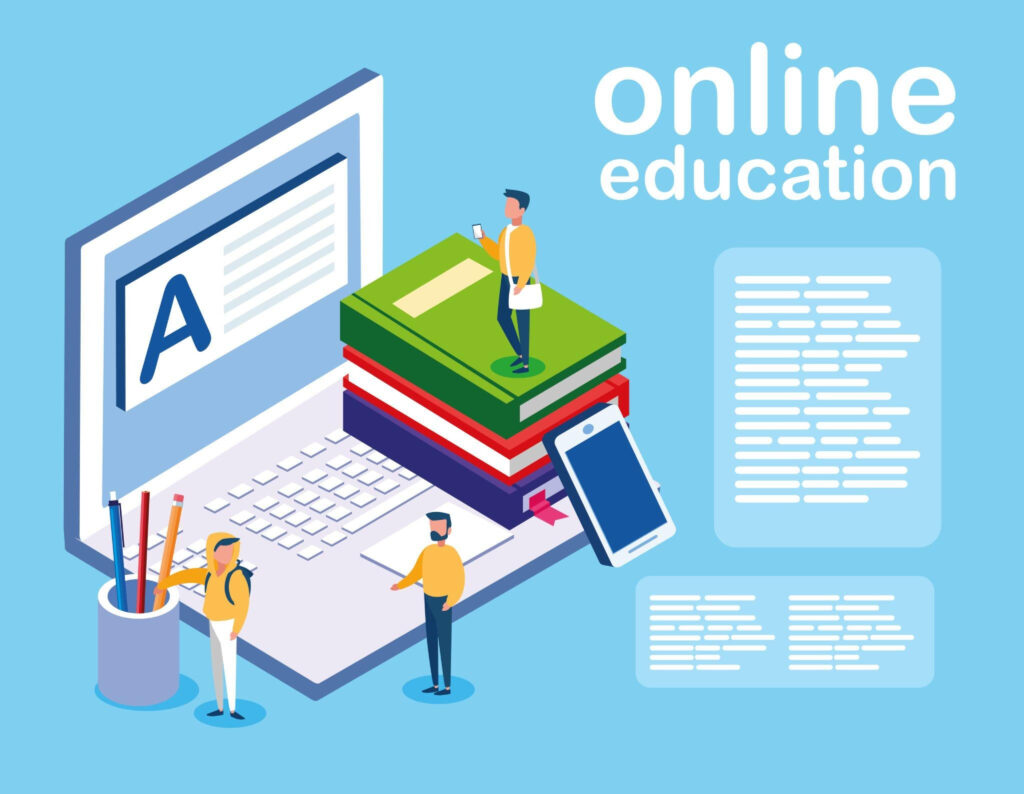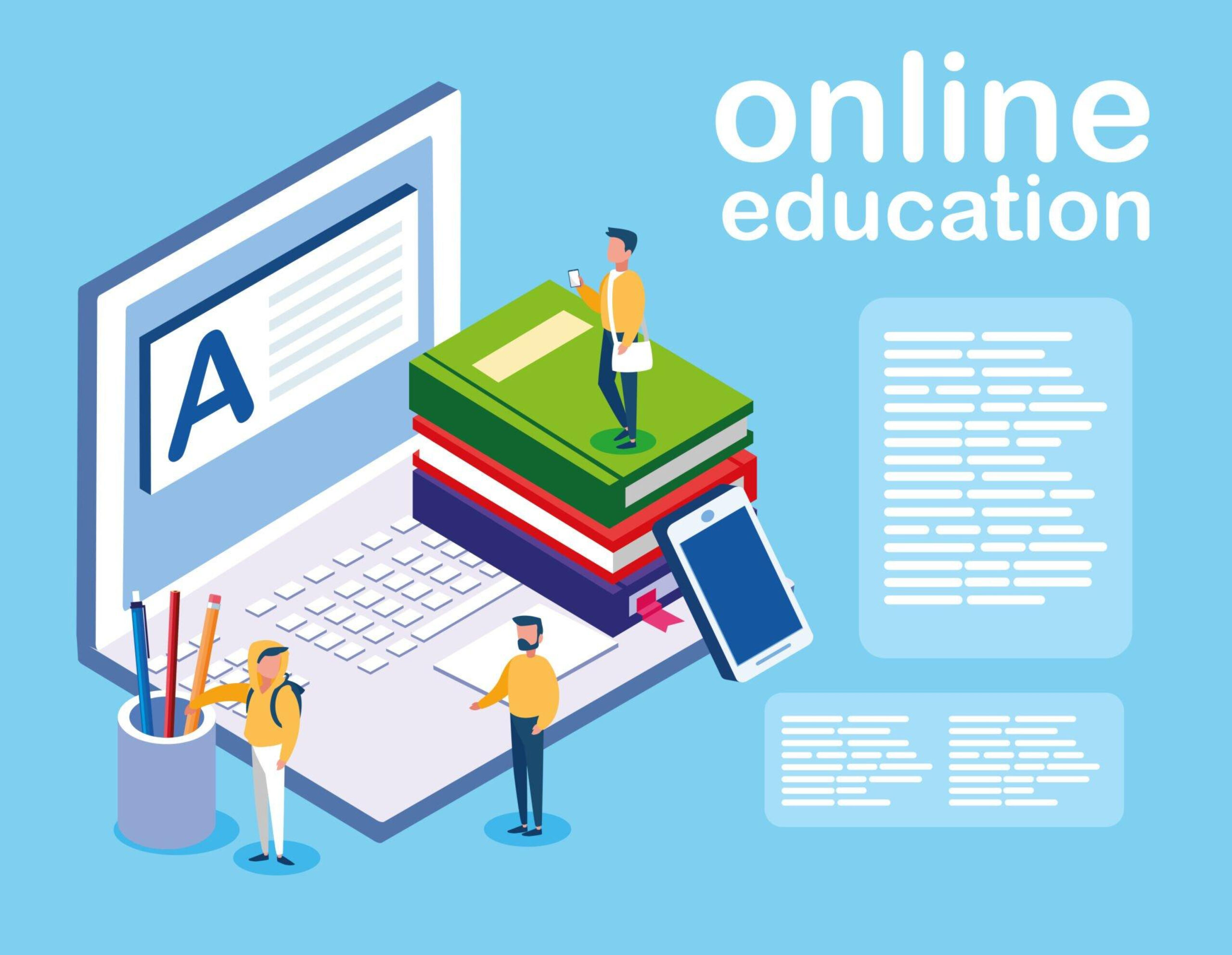
Video Conferencing Platforms:
Video conferencing tools like Zoom, Microsoft Teams, or Google Meet facilitate real-time communication and collaboration among learners. These platforms support virtual classrooms, enabling students and educators to engage in discussions, group projects, and collaborative activities.
Collaborative Document Editing:
Tools such as Google Workspace and Microsoft Office 365 enable real-time collaborative document editing. Multiple users can simultaneously work on documents, spreadsheets, and presentations, promoting seamless teamwork and enhancing document version control.
Learning Management Systems (LMS):
Learning Management Systems like Canvas, Moodle, or Blackboard provide centralized platforms for course management, content delivery, and collaborative activities. These systems offer discussion forums, group spaces, and assignment features to support collaborative learning.
Project Management Tools:
Platforms like Trello, Asana, or Jira facilitate project-based collaborative learning. These tools help learners organize tasks, set deadlines, and track progress, fostering a sense of accountability and teamwork in group projects.
Online Whiteboards:
Digital whiteboard tools such as Miro or Microsoft Whiteboard enable collaborative brainstorming and idea generation. Learners can visually share and contribute to concepts, mind maps, and diagrams in real-time.
Virtual Reality (VR) Collaboration:
VR collaboration tools like Engage or AltspaceVR provide immersive environments for collaborative learning. These platforms allow users to engage in virtual spaces, enhancing the sense of presence and interaction among learners.
Discussion Forums and Social Platforms:
Dedicated discussion forums within LMS or standalone platforms like Discourse or Slack provide spaces for asynchronous collaborative discussions. These platforms enable learners to share ideas, ask questions, and engage in peer-to-peer learning.
Interactive Polling and Quizzing Tools:
Tools like Kahoot! or Poll Everywhere add an element of gamification to collaborative learning. Educators can create interactive quizzes or polls to assess understanding and promote engagement among learners.
Collaborative Coding Environments:
Platforms like GitHub or Visual Studio Code’s Live Share feature enable collaborative coding and programming. Learners can work together on coding projects, share code in real-time, and provide feedback to enhance coding skills collaboratively.
Social Annotation Tools:
Tools like Hypothesis or Perusall allow for collaborative annotation of digital texts. Learners can highlight, comment, and discuss specific passages within articles or textbooks, promoting collaborative sense-making and knowledge sharing.
As collaborative learning becomes increasingly integral to education, these tools play a pivotal role in facilitating interaction, communication, and knowledge-sharing among learners and educators. Incorporating these technologies into educational strategies can enhance the collaborative learning experience, preparing students for a future that values teamwork and collective problem-solving.

